Earthquakes and tsunamis, some of the world’s most terrifying and deadly natural disasters. The quakes leave citizens staring at piles of rubble, that they once called home and tsunamis sweeping out, destroying, and scattering all beloved items. These Earthly dangers show no mercy. Thousands of buildings and homes destroyed, hundreds of people missing, and numbers of people deceased, that they even know of.
Right off the bat, January 1 at 4:10 PM (Japan Standard Time) a gigantic Earthquake, of 7.6 magnitude, hit, leaving vibrations felt from across the entire country and even Eastern Russia. It was the strongest in the region for more than 4 decades. Just minutes later, a major tsunami warning was alerted, the biggest since the disastrous 2011 Tsunami that conquered Japan. There were approximately 60 aftershocks counted after the main quake including a 5.5 aftershock, a 6.2, and a 5.0.
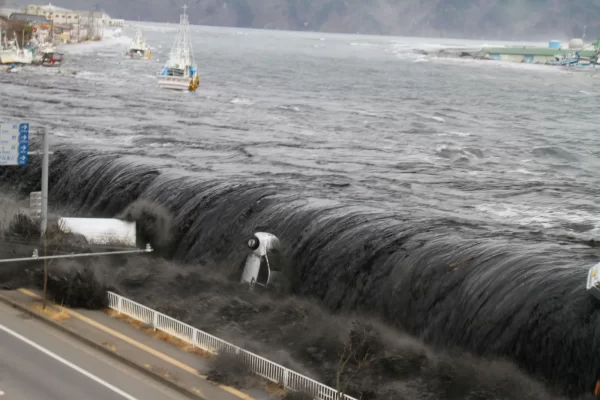
Parts of Japan were immediately placed under tsunami warnings, the first wave came at roughly 4:21 PM, only eleven minutes later, reaching about 4 feet high. Effects were weaker in some areas. The Prime Minister of Japan advised everyone to evacuate, and tsunami warnings were lifted the next day. The government sent out army personnel, including 1,000 rescuers searching endlessly for anyone who is still alive to try and save their life. The relief team offered thousands of meals.
Earthquakes are not unknown to Japan as they are subject to them. It is something normal, they get over 1000 shakes a year, but they normally aren’t as extreme as these ones. If we circle back to 1923… Japan was hit at 11:58 AM, September 1st, specifically in Tokyo and Yokohama, with a massive 7.9 magnitude, killing over 100,000 people–yes, you heard that right. Buildings completely collapsed and fires emerged; it was pure chaos. To top it all off, the rumble generated a 40 foot wave, killing 60 people and destroying 150 homes.
Since Japan has had their fair share of earthquakes, tsunamis normally occur after them. Let’s take a look at the 2011 Tohoku Earthquake and Tsunami Event when a 9.0 magnitude earthquake touched down and a 130 foot wave dominated Japanese cities. Over 18,000 people died because of this event and others that may have never been recorded. Tsunamis are feared by so many people, including myself, because you cannot really avoid it; yes you can go to higher ground but that is about the only solution. These super tall waves are unpredictable, and the first wave that comes may not be the last, or largest.
Since Japan is prone to Earthquakes, a majority of the buildings are built “Earthquake Proof”, however some structures do end up falling apart. Rescuers can sometimes lack equipment to be able to save people who had buildings collapsed on them or they lack the authority to do so. Something so disturbing is that these people can be trapped for long periods of time, and will be rescued days after the event. It can be difficult to pinpoint the actual number of those who survived and who didn’t because not everyone gets found.
Craziness like this makes it hard to believe that countries are able to recover from these. Japan is prepared though, they have a base foundation in their buildings that are immediately restored. People get back to work quickly, trying to fix up their roads, railroads, and seawalls.
I said earlier Japan was prone to Earthquakes, but why is that? Well, Japan sits on four major tectonic plates making it so that this type of activity is frequent. When these plates collide against each other they cause earthquakes and volcanic eruptions. When you have multiple of these plats all around each other, them touching is pretty constant and is not unheard of.
As Japan recovers from this devastating and violent event, keep them in your thoughts!



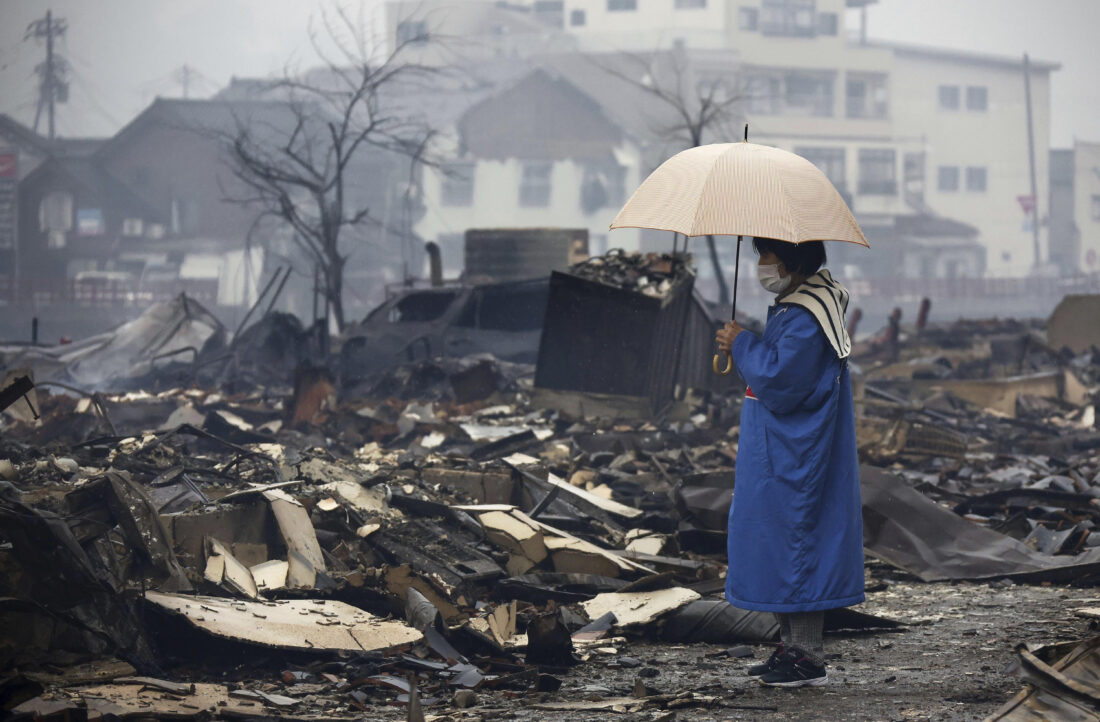

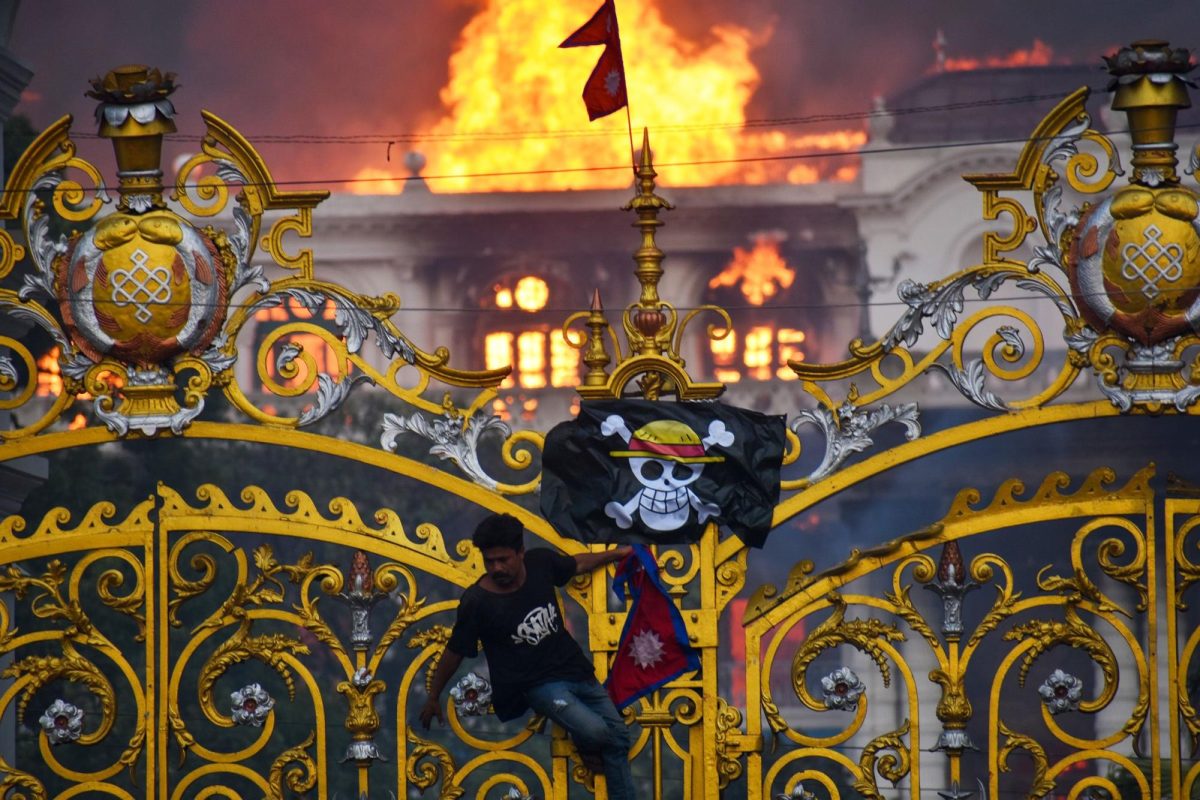
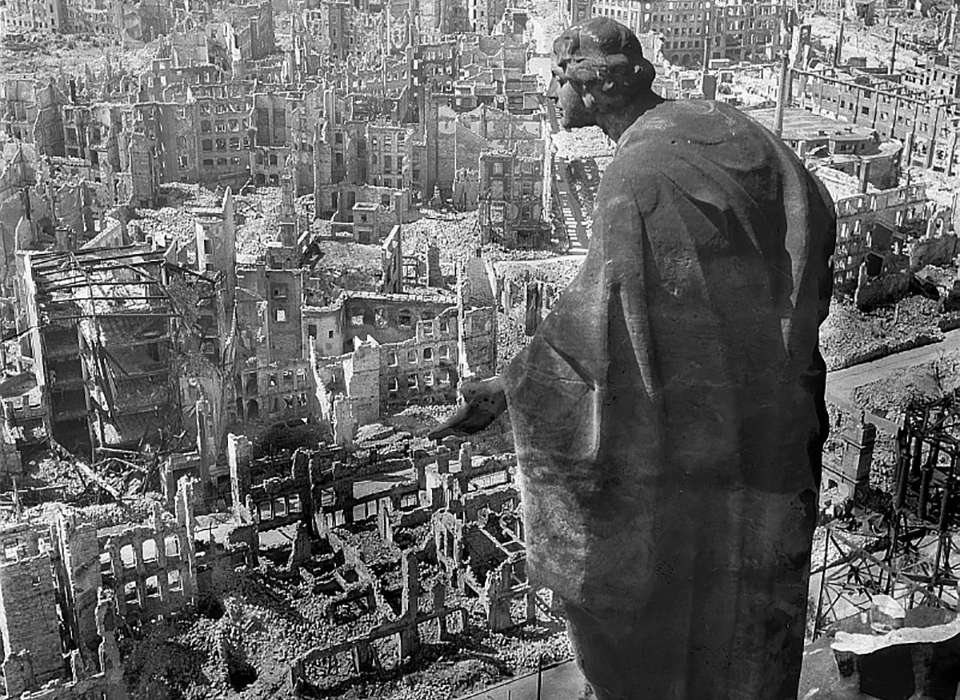


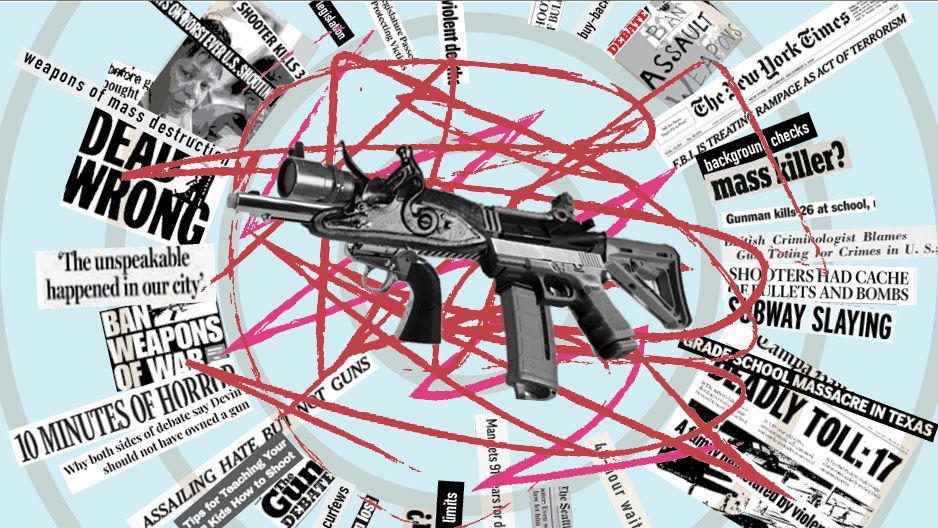




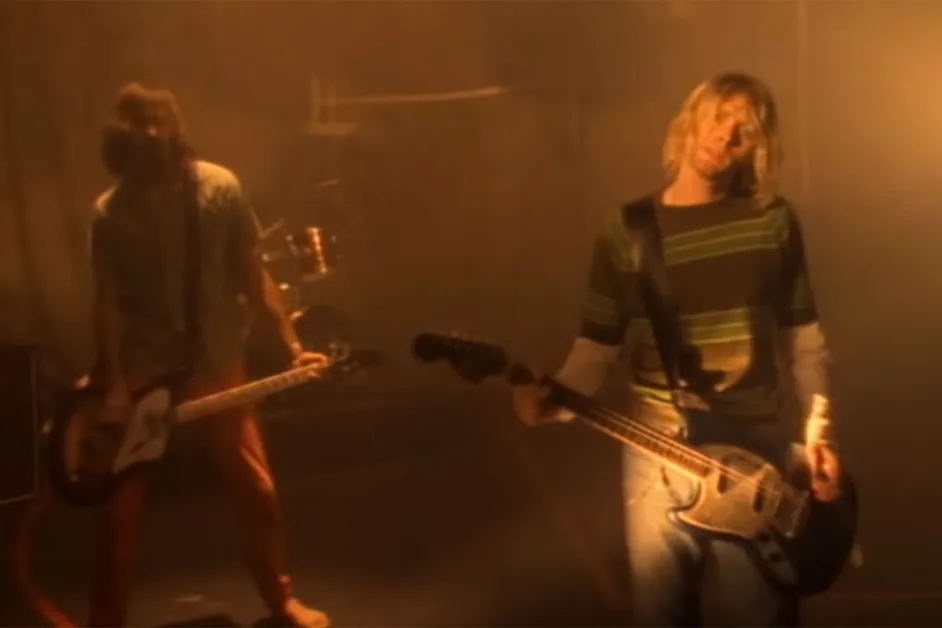

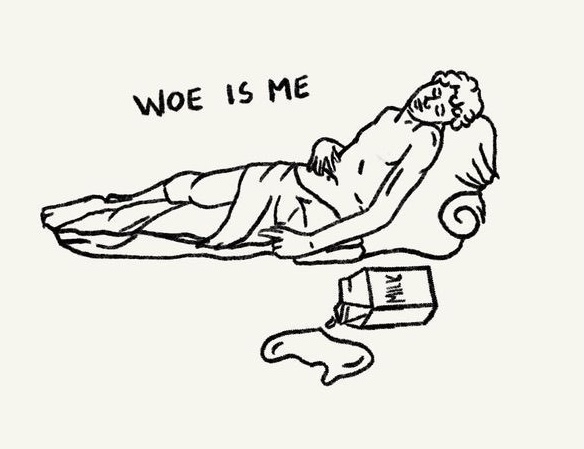



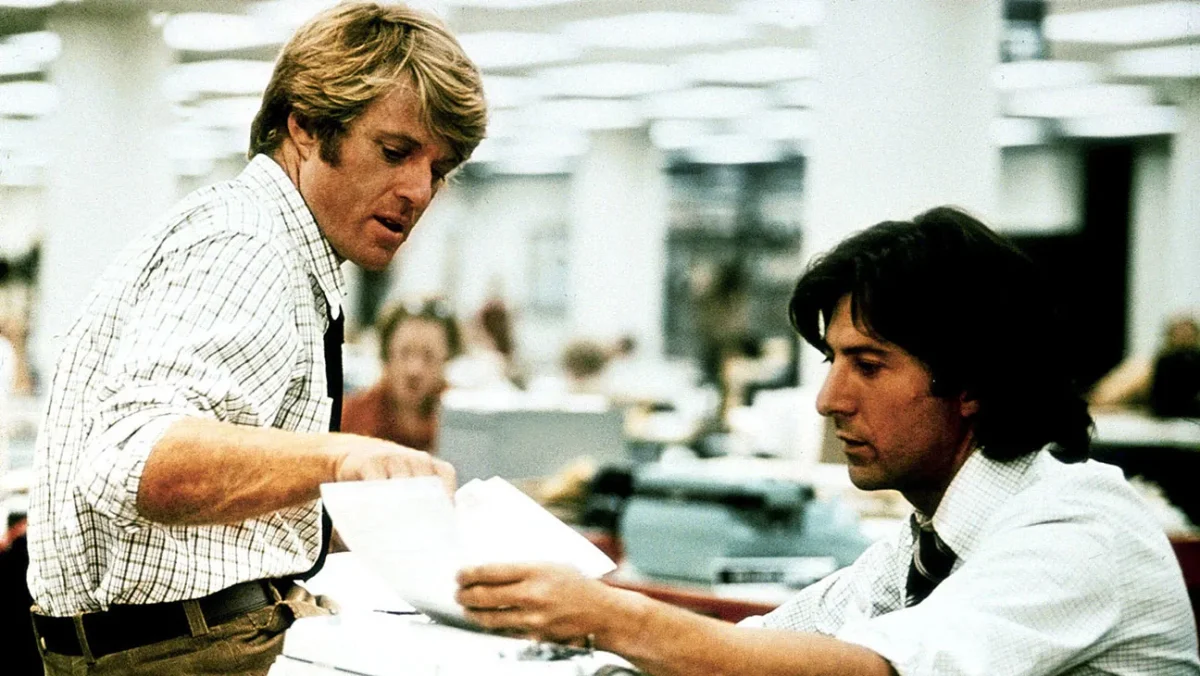
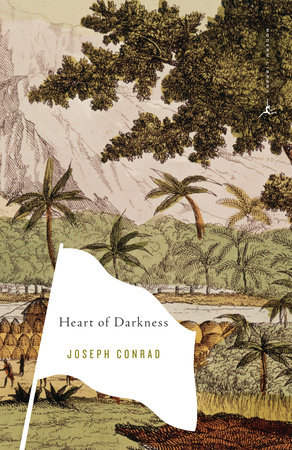
Carla Fitzpatrick • Jan 12, 2024 at 11:39 am
Wow, Mackenzie! What a wonderful writer you’ve become! Thanks for letting us know about this horrible tragedy that struck Japan. I’ll keep Japan in my thoughts!